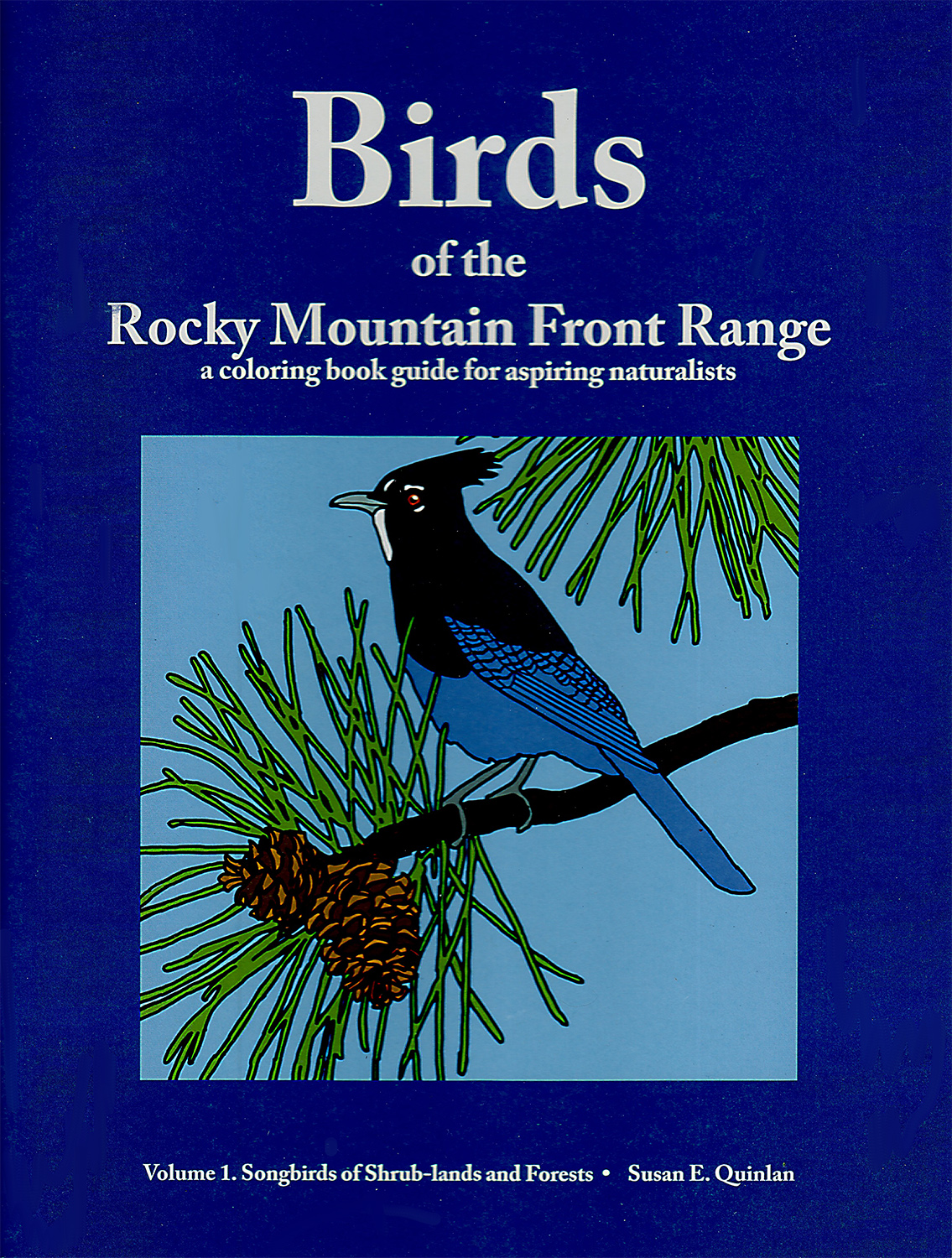
15% Discount on books, cards, and art from my online store.
No worries!! I'll only send occasional updates. And I promise to never share your email address with anyone for any reason.

No worries!! I'll only send occasional updates. And I promise to never share your email address with anyone for any reason.
From all directions, the news about nature is disheartening. To me, much of it is absolutely heart-breaking.
Climate change. Droughts. Floods. Severe storms. Melting ice sheets. Rapidly declining populations of wild birds, bats and frogs. Even insect species are disappearing now.

The Monarch butterfly population in North America has declined 90% in just the last 20 years!
Monarch butterflies. Honey bees. Bumblebees. And those are just the species’ population declines we know about. Edward O. Wilson, renowned biologist at Harvard University, states that we are already witnessing a great, human-caused extinction of living things—equal in scope to the extinction of the dinosaurs.
Does it have to be this way? Can we change what is happening? Can we do anything to alter the curves of those depressing graphs of prediction?
Well, I, for one, am not willing to go quietly into the predicted darkness. I choose instead to look for ways of living and contributing that could potentially make a positive difference and change those graphs. When I once despaired of actually making any significant difference, my husband reminded me that “you will never know if you changed the world or not.” And that is true. We may never know if what we do will make any or enough of a difference.
But that is no excuse for not trying. I honestly believe that if enough of us care, even a little, together we just might be able to shape a better future and a much better way of living than exists today.
I look back in my lifetime at the battles won. When I was in high school, the Cuyahoga River, a tributary of Lake Erie, caught on fire! It was contaminated with so much oil and gas that a fire burned on the river’s surface. Lake Erie itself was clogged by severe algal blooms created by pollution. Thousands of dead fish, killed by lack of oxygen, littered the lake’s shores. Yet just a few years ago, my brother and his family took a pleasant cruise on Lake Erie. They saw herons, cormorants, lots of other birds, clear (if not particularly clean) water, and visited numerous pleasant small towns along the way.
In my high school days, whooping cranes were on the verge of extinction. The great flocks which had once flooded the skies over North America were long gone. Only 56 birds remained in 1970. Today, thanks to people who didn’t give up, the whooping crane population includes over 300 birds. Now anyone can visit the whooping crane’s wintering grounds along the coast of Texas and have a good chance of observing these majestic birds in the wild.
When I was growing up, wild turkeys, pelicans, bald eagles, and mountain lions were rare sights in Colorado. Today, it is fairly easy to see the first three species and the last is still difficult to see only because it is such a secretive predator.
All of these positive, hope-inspiring changes happened because of the efforts of many people who fought to reduce pollution, protect habitats, and conjured creative ways of re-establishing once disappearing species. Government environmental regulations and interventions were enacted in response to loud public outcry. We have to thank all the people who didn’t accept that the end was near, but instead fought back long and hard to restore and protect nature.
But the fight to conserve and restore nature is far from over.
Nature is amazingly resilient. Various remarkable organisms survive in environments with extreme cold or severe heat. Some can survive without any fresh water. Others thrive submerged by water. But we humans, and most other species currently on Earth, have a rather limited tolerance for temperature, water, and chemical extremes.
Life will survive on Earth, no matter what we humans do. But whether we humans survive much longer, and whether most, many or few other species survive far into the future clearly depends on the choices we humans make in the next 10 to 50 years.
Maybe we can’t save every place or every species, but I believe we can do a much better job protecting more places and more species than we are doing right now. That’s why I am striving to find ways that I can personally do better—by reducing my resource consumption, improving my efforts to recycle and conserve, seeking ways toward a more sustainable way of living, and figuring out the best ways to support conservation of nature and fight back against planet-destroying greed. Having traveled along this same path for many years, I know that there are no simple answers. Seemingly good ideas are sometimes quite difficult to put into practice, and sometimes, on closer examination, not such great ideas after all.
But I have to try. Giving up is not an option.